In Wine Intelligence’s recently published Global Wine Market Attractiveness Rankings, the US was named as the world’s most attractive wine market in 2021. While the impact of Covid-19 continues to shape the wine industry – and wine market attractiveness – what are the key macro factors driving the global wine sector?
Growing importance of social and environmental concerns
Largely empowered by social media, social movements have multiplied over the last few years. From climate change, diversity, justice and democracy as a whole, activism is becoming more widespread. Younger generations who have a defined desire to act and challenge the status quo drive the trend. This change in behaviour has triggered some modifications in consumption choices, with consumers expecting more authenticity, transparency and virtue-signalling from brands. It has also generated a greater influence of community-powered platforms and influencers.
The pandemic has played a role in bringing environmental and social responsibility into increased focus for consumers across the wine landscape. A heightened emphasis on ingredients, authenticity, self-care and the environment are increasingly shaping consumer purchasing behaviours with organic, biodynamic and low-intervention wine at the core of this trend. As demand for these wines continues to grow, specialised restaurants, bars and wine shops have flourished in cities all around the world.
Climate change continues to endanger wine production
Climate change is becoming more of a market disruptor. This past year saw an unprecedented number of wildfires, frosts, floods and droughts across a number of markets, impacting supply in key regions. Its impact on consumption patterns remains less obvious as global wine production is still broadly in surplus. With temperatures increasing, many producers are worried their grapes may ripe too fast – hence producing a very different taste profile of wine or making it harder to reach the desired results. Here, mitigating actions may affect both quantity and quality of wine produced in future.
E-commerce is now a mainstream channel for wine
The immense surge in online wine purchasing in the past year has offered the global wine industry an unprecedented growth opportunity. Traditional internet direct-to-home businesses – whose typical users are mainly over the age of 50 – saw a surge in orders from their traditional base who were most acutely concerned with the dangers of Covid, and more likely to be shielding at home. These businesses also saw a huge surge in orders from younger LDA and middle-aged consumers.
Survey data suggests that wine drinkers are committed to continue with online purchasing as restrictions get lifted across countries. In the UK, for example, a larger proportion of consumers have said they would be more likely than pre-pandemic to continue using online channels when purchasing beverages.
In some Nordic countries such as Finland, where market access is controlled by the state, consumers have taken advantage of relaxations of online shopping rules. Finnish drinkers, and particularly the younger LDA generations, have been purchasing directly from wineries or e-commerce platforms based in Italy, Spain and France. This trend, initially motivated by travelling restrictions, is expected to continue to grow in the future.
An evolving trading environment
Ongoing tariff disputes and evolving legislations around Brexit continue to shape the wine industry. Some wine businesses have looked to mitigate the risks, for example, by reallocating product portfolios or moving production sites.
As post-Brexit policies come to light, new trade deals are being formed – in June 2021, the UK signed a tariff-free deal with Australia, resulting in an elimination or reduction of tariffs on many goods including wine and spirits for over a 15-year period. This is the first free-trade agreement signed by the UK since it left the European Union, and the change should be effective by mid-2022.
You may also be interested in reading:
- Does social media impact wine choice?
- Recruitment shortfall among wine drinkers in the US and China
- Does sustainability still matter for wine?

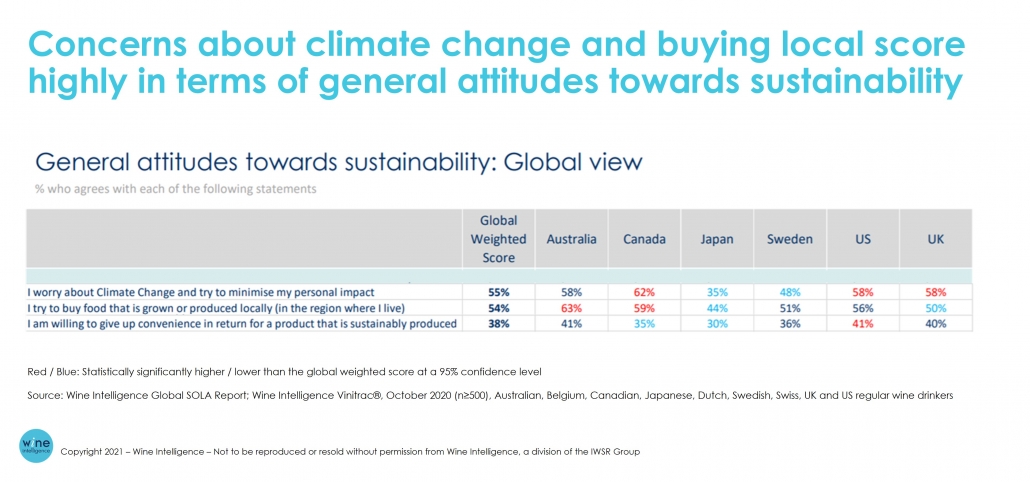
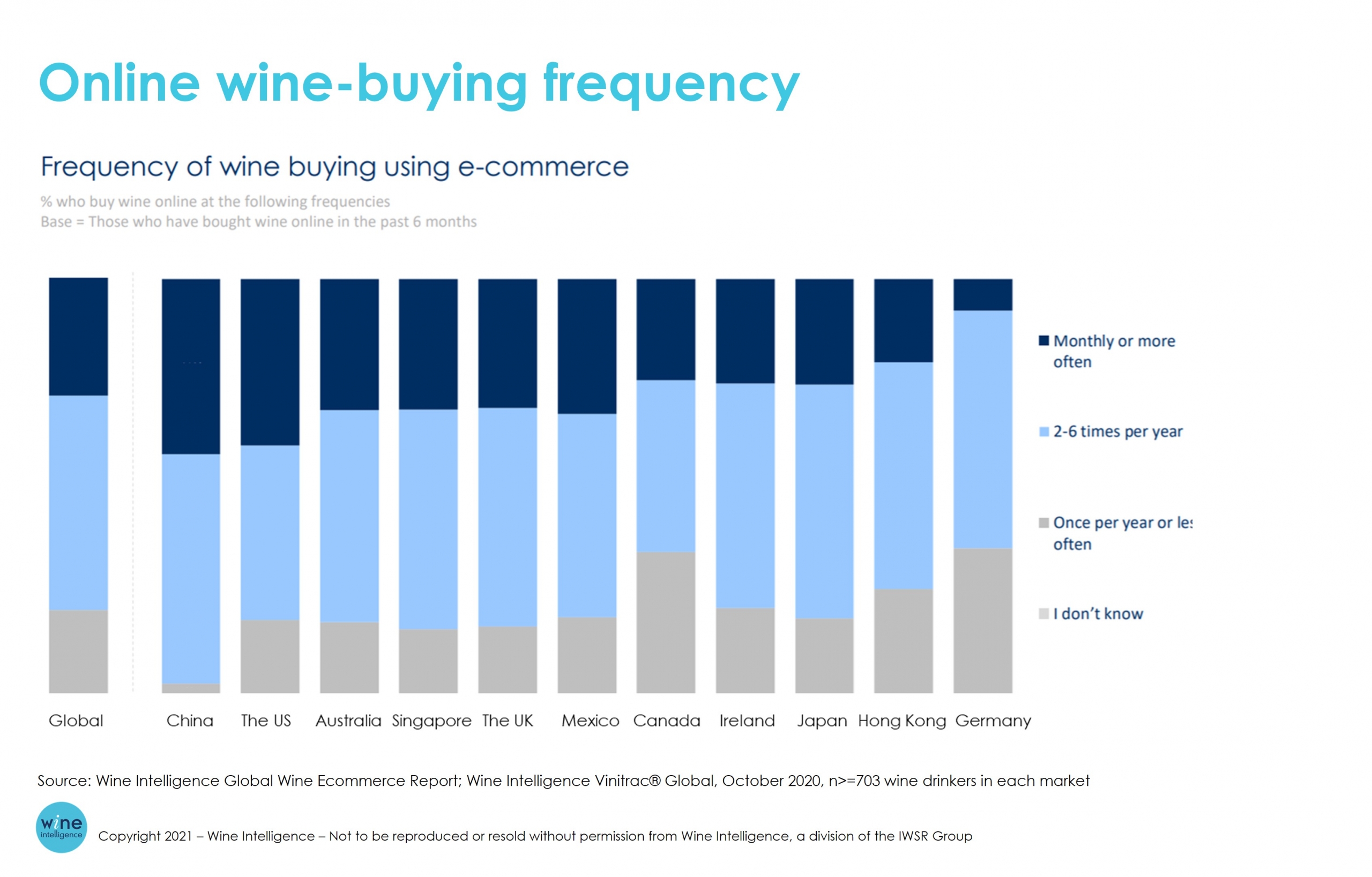

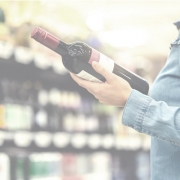
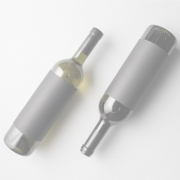


Leave a Reply
Want to join the discussion?Feel free to contribute!